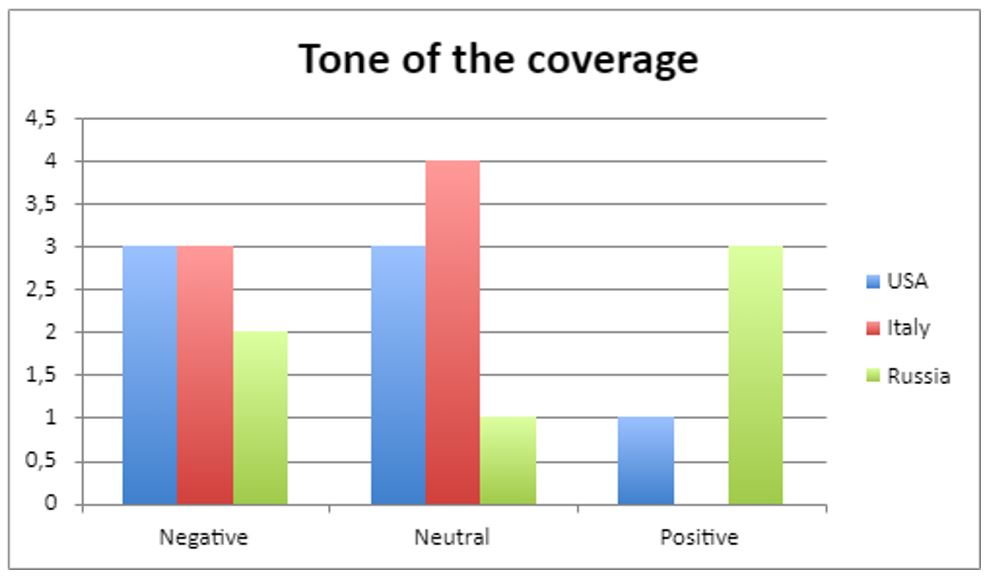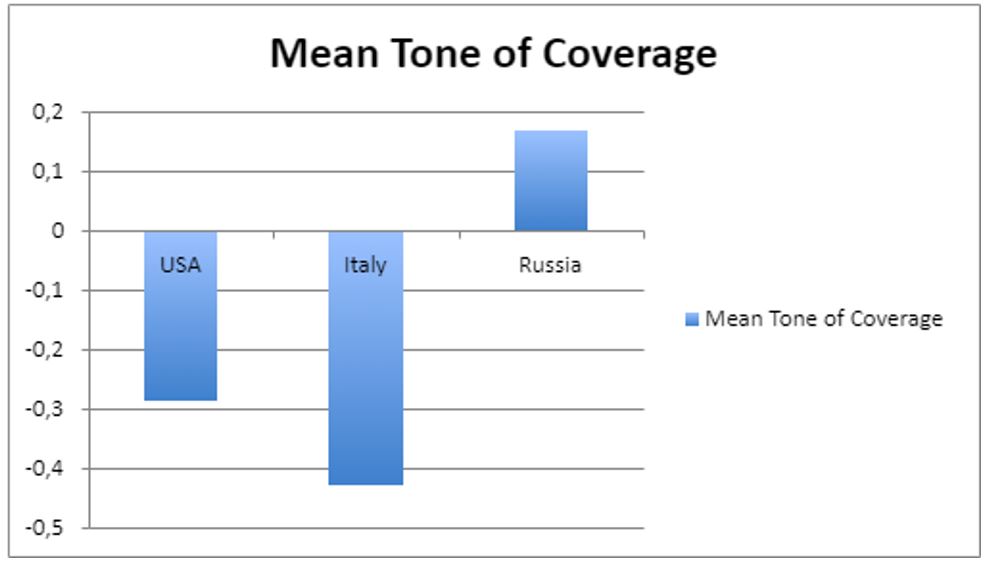Introduction
The media occupy a vital place in the life of both the individual and large social groups. A crucial political issue covered by the media is the topic of unemployment. Unemployment is a socio-economic problem of society and the state, which combines such negative aspects as reducing labor productivity, growth of social tension, and competition, leading to destabilization. The problem of employment is one of the leading problems in the activity of state authorities.
Discussing this important topic will help generate a valuable exchange of experience, identify new ways of solving it, and increase international influence in this area. This work aims to give an objective assessment of such a problem as unemployment, study the methods of its presentation by the media, and outline the aspects that require a comprehensive reflection on the part of scientists. Twenty articles were selected in a representative way for further reading, and various scholarly articles were studied to research and test the arguments.
Literature
Unemployment is a serious and widespread phenomenon that affects society’s economic and social life and a country’s economy. The reflection of this topic in the media is discussed from different angles in many academic sources. According to Boomgaarden et al., newspaper coverage of unemployment unequivocally determines the perception of unemployment as a social problem (358). In this paper, the authors examine how media coverage affects the perception of unemployment.
Distinguishing between different sources of information and other types of evaluations of problems, the authors find that the experience of unemployment contributed significantly to the perception of unemployment as a personal problem. Benesch et al. argue that the potential mechanisms of how media messages can affect concerns about immigration, the effect of media coverage persists even when other types of situations, such as those related to unemployment, are considered (55). The authors in the paper investigate immigration coverage, and to gain additional information, fears about unemployment are examined.
Expectations of unemployment can have a significant negative impact on aggregate consumption and wage growth. According to Garz, the news media is an apparent cause of unreasonable expectations about unemployment, as reports about the economy take place in a narrow negative way (157). In her paper, the author conducts a media content analysis to examine the potential relationship between negative coverage of economic news and pessimism in unemployment expectations. In most academic articles, unemployment is studied in the context of the financial crisis. The emphasis is placed on the fact that the media present this topic as one of the economy’s problems. For objective research, it is necessary to consider the media coverage of the situation with youth, COVID, and the media presentation of this topic as a problem and precaution for the population.
Argument and Hypothesis
The importance of the issue of unemployment depends on the time, place, and situation of society. According to the above criteria, media coverage should reflect the actual position without being inappropriately negative or too positive. Such a way helps to look at the situation objectively and take appropriate measures to solve the problem. I assume that most media will cover the issue from a neutral point of view, and it also depends on the country the press belongs to.
The source sets the tone of the topic depending on the style of their platform, the end goal, and the expected reaction. In combination with the statements of Joe Biden, the issue of unemployment is quite common in American news. Thus, the media covers that the U.S. president has extended increased unemployment benefits until early September so that the unemployed can receive an additional $300 per week on top of their state benefits (Real Unemployment, 2021). The type of coverage varies over time, in different parts of the country, on other platforms, and in different regions. According to the Italian media, unemployment is higher in Europe than in the United States; the Italian economy has collapsed by about 7% (Why are so many states, 2021). Depending on how the media present the topic, people develop a particular reaction to the issue.
Data and Variables
Content analysis on the topic of coverage of unemployment in the media allows you to analyze the mood and opinion of society, the tone of expression in the published media, and conclude the nature of the dynamics in addressing the problems associated with the topic. If properly applied, the method of content analysis will allow obtaining objective results. To this end, a representative sample was chosen, which is one of the critical concepts of data analysis. Representativeness determines the extent to which it is possible to generalize the results of a study involving a particular sample to the entire general population from which it was collected.
The information was searched for the keyword “unemployment.” Twenty news articles were then randomly selected; the procedure was carried out on the website. For the objectivity of the research, different countries were selected by the filter “Language & region of interest.” Seven articles from American sources, seven Italian authorities, and six articles from Russian sources were selected. The translator built into the browser was used to understand the information.
Results
Based on the analysis, it can be concluded that the news is covered differently depending on the country. American media emphasize the information about unemployment benefits (Is a $300 unemployment, 2021). The tone of the coverage is either neutral or negative. As for the Italian press, the news also discusses other countries, particularly the United States (US: unemployment rate, 2021). The tone of the coverage is primarily neutral.
The U.S. benefits situation is covered negatively. Russian news positively covers the topic of unemployment: it mentions its decrease, but this happens only in the context of Russia (Unemployment is falling in Moscow, 2021). When other countries are mentioned, the nature of the article is either neutral or negative (Unemployment in the USA, 2021). The tone of coverage of the topic depending on the area is presented below. Thus, it can be concluded that the hypotheses put forward are consistent with the data obtained from the study.

Conclusion
Depending on how the media sets the tone of a topic, readers form certain attitudes and opinions. The study showed that the style of media coverage relies not only on the Internet resource itself but also on the country to which it belongs. It is necessary to study various sources to assess the tone of media coverage of a topic objectively. Three countries were considered in the study: Italy, the United States, and Russia. However, to obtain more accurate data and correct the nature of the presentation of the topic under investigation, it is necessary to study the news of all countries at different time intervals.
References
Benesch, Christine, et al. “Media coverage and immigration worries: Econometric evidence.” Journal of Economic Behavior & Organization, vol. 160. 2019, pp. 52-67.
Boomgaarden, Hajo G., et al. “Covering the crisis: Media coverage of the economic crisis and citizens’ economic expectations.” Acta Politica, vol. 46, no. 4, 2011, pp. 353-379.
Garz, Marcel. “Unemployment expectations, excessive pessimism, and news coverage.” Journal of Economic Psychology, vol. 34, 2013, pp. 156-168.
“Is a $300 unemployment boost holding back jobs? Yes and no.”CNBC, 2021. Web.
“Real unemployment? In Europe almost 15%. In Italy, it is one in four.”L’Economia, 2021. Web.
“Unemployment is falling in Moscow.”RG.RU, 2021. Web.
“US unemployment rate rises to 6.1% in April, against expectations.” Kommersant, 2021. Web.
“US: unemployment rate surprisingly rises to 6.1% in April.”Rai News, 2021. Web.
“Why are so many states ending enhanced unemployment?”USA TODAY, 2021. Web.